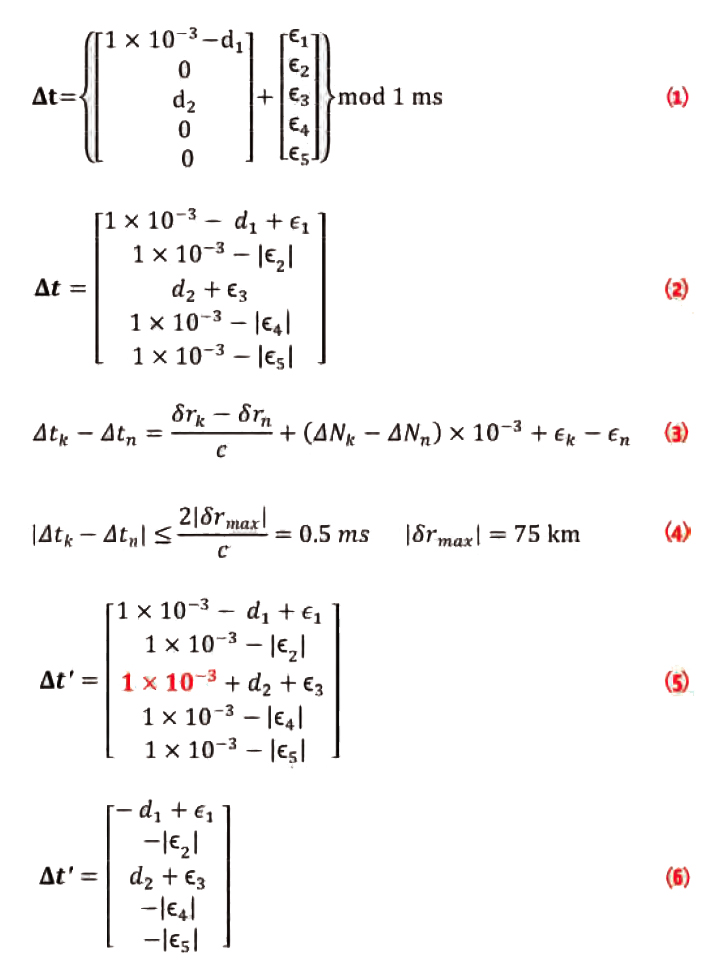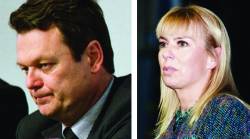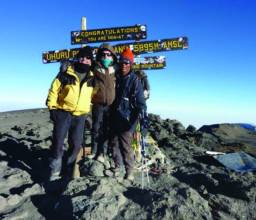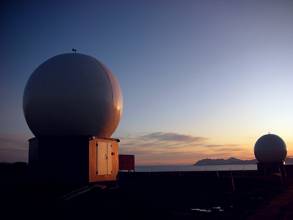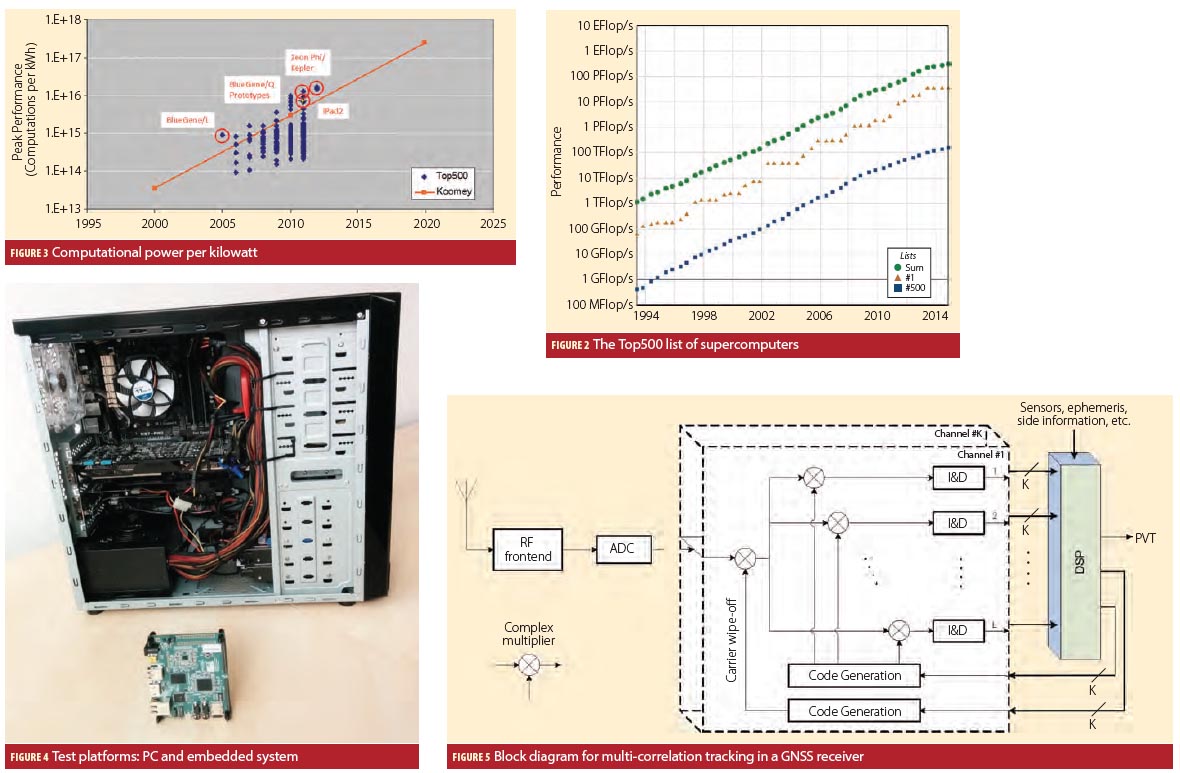GNSS and Precision Farming
 Dr. John Fulton, Ohio State University
Dr. John Fulton, Ohio State UniversityNowhere has the fact that GNSS can guide things besides military weapons and transport manifested itself more profoundly than in agriculture.
While Google and automotive manufacturers struggle to figure out how to put autonomous vehicles on the highway, farmers have been using GNSS for well over a decade to guide equipment through their fields — along with a host of other ag-related, site-specific applications.
Indeed, GNSS — along with an array of other high-tech resources — is transforming agriculture at an accelerating rate.
By Inside GNSS
